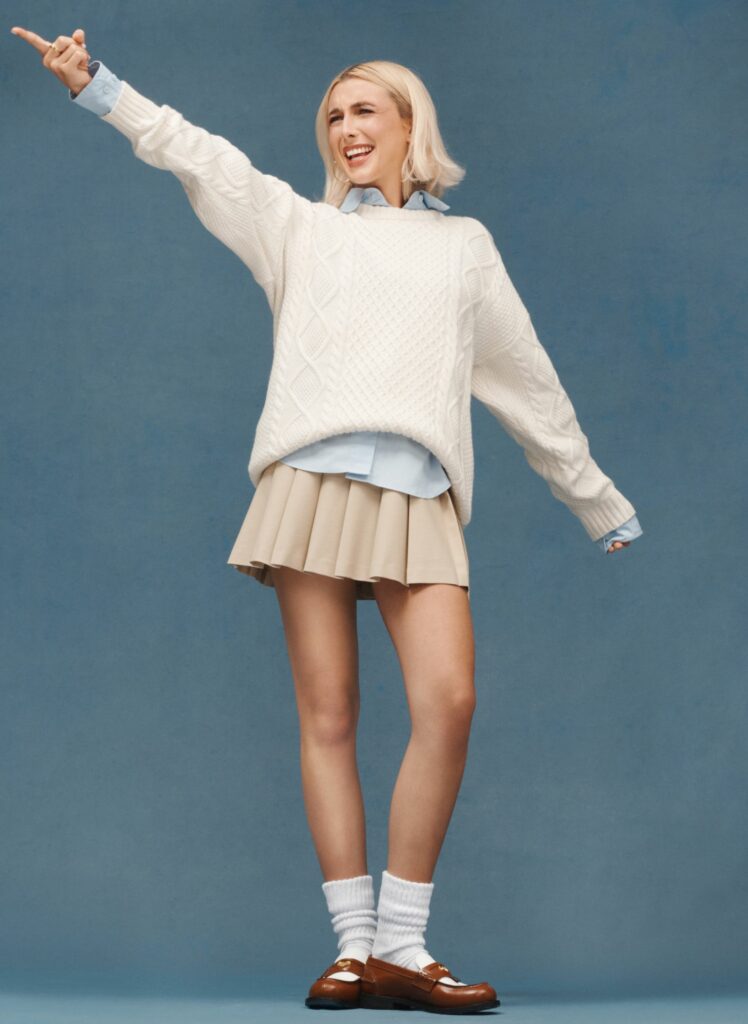
As consumers grow more and more wary of traditional marketing and celebrity endorsements, a new type of ‘celebrity’ emerges: influencers. Partnership management platform Impact.com and international marketing intelligence company WARC have released a new report exploring the rapidly changing influencer-marketer dynamic. Aligning Marketers and Influencers: Shifting Perspectives on Influencer Marketing Across the Funnel explores influencer and marketer perceptions on the industry, taking into account the post-pandemic growth of the influencer industry.
Traditional advertising always makes use of celebrity endorsements and utilises celebrities’ fame and status with the idea of aligning a product with their prestige. Now influencers are the new celebrity, and through influencer partnerships and endorsements they allow brands to authentically connect with their audiences. An important focus of influencer marketing needs to be around the authenticity of the product promoted and its compatibility with selected influencers. 85% of influencers and 67% of marketers ranked trust and authenticity respectively as the first and second most important strengths of influencer marketing.
The report highlighted several points, from the shift in media consumption and style by younger target audiences to using metrics outside of follower count when selecting influencers. The way younger audiences consume media has changed, and they prefer to consume visual experiences from platforms like Instagram or TikTok. They are more likely to find meaningful connections with smaller creators and micro influencers over celebrities and mega influencers - and this is important to note when selecting influencers. Whilst big influencers have millions of followers, nano (<10,000 follows) and micro (10,000-100,000 follows) influencers have more active communities, better engagement rates and are more likely to influence purchasing decisions. There has also been changes on the influencer side - creators are interested in having more control over the content they create and are shifting towards operating as a partnership rather than the standard fee structure. And the report shows that with their significant role in facilitating the brand-consumer relationship, maintaining a long partnership with influencers yields better outcomes.


An example of a successful influencer marketing campaign is the recent Emma Chamberlain x Aritzia collaboration. Where many brands would create a product then find influencers to promote that product, Aritzia curated their Fall 22 Collection around Emma Chamberlain’s signature style, titled “Sunday Best”. Emma is known for her unique and authentic vlogging style that defied the pristine and curated aesthetic of the Youtube vlogging scene five years ago. She loves coffee, thrift clothes and isn’t afraid to overshare - all traits that make her popular amongst her audience. The collaboration is successful because Emma’s followers can attest to her previously mentioning her love for Aritzia and the clothes in the collection are similar to Emma’s personal style. Emma and Artizia connect in a way that goes beyond being purely transactional, and is an example of how influencer marketing, when correctly aligned, can lead to effective and valuable partnerships.
The trends in influencer marketing have changed, and brands need to be aware that consumers will no longer trust any influencer just because they have a large following. There are more important metrics that younger audiences are choosing to value, and it is important that brands pay attention to this shift.
The role of influencer marketing is constantly evolving, and this article summarises the key findings from the Impact.com and WARC report. To read more about the changes and see some influencer and marketer interviews, head over to https://impact.com/warc-research-report/
